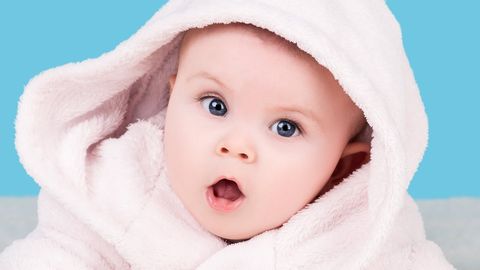男生藍、女生粉?性別色彩形成的真正原因 (The Real Reason Behind Blue For Boys & Pink For Girls)
Elise Chuang 發佈於 2022 年 08 月 18 日  沒有此條件下的單字
沒有此條件下的單字US /spɪˈsɪfɪk/
・
UK /spəˈsɪfɪk/
US /səˈner.i.oʊ/
・
UK /sɪˈnɑː.ri.əʊ/
US /səˈfɪstɪˌketɪd/
・
UK /səˈfɪstɪkeɪtɪd/
- adj.老於世故的;精緻的:富有經驗的
- v.t.老於世故的人
